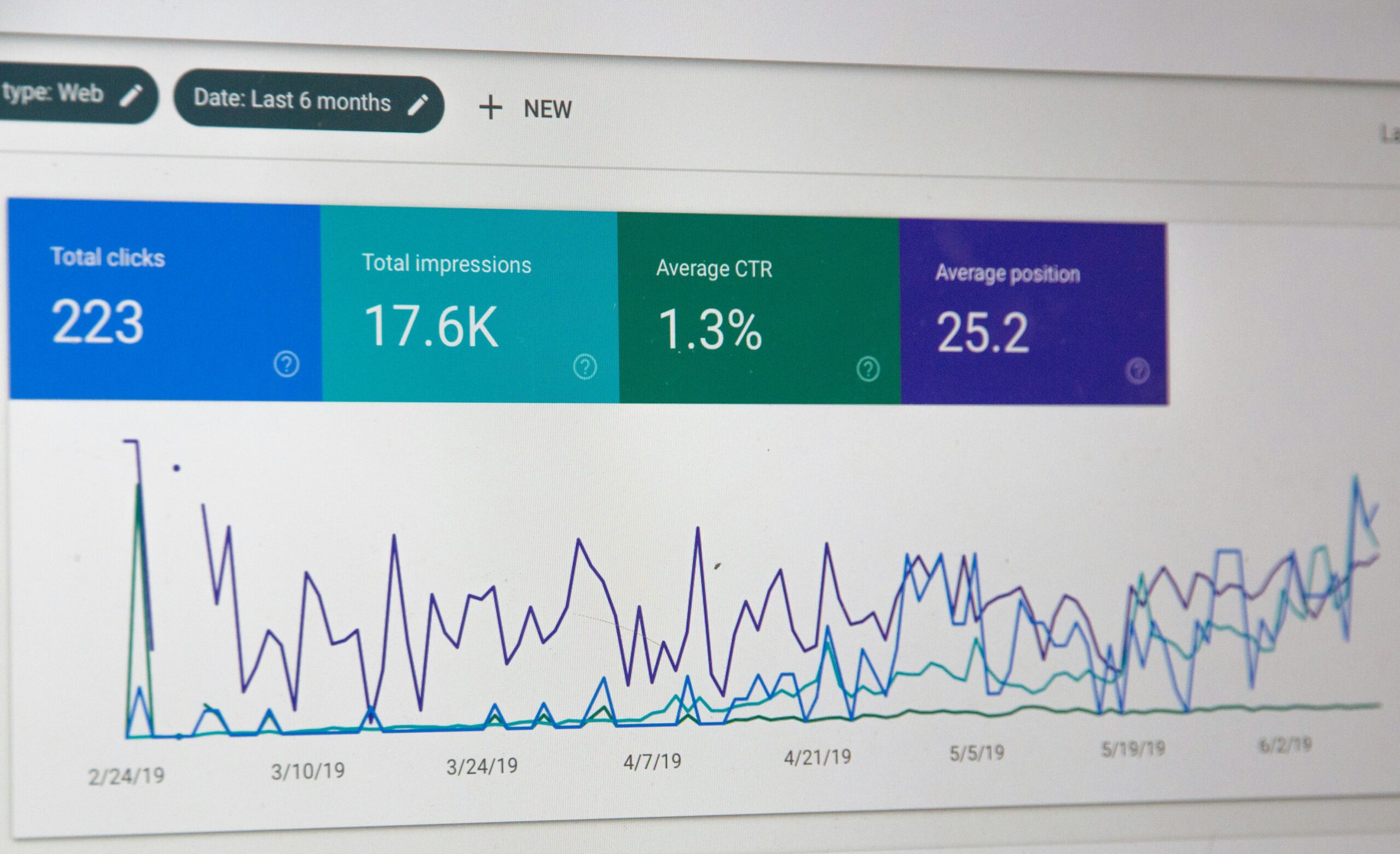
Understanding the SEO Risks Associated with Website Redesign
Redesigning a website is a crucial step for businesses aiming to stay relevant in the fast-paced digital world. However, without careful consideration, it can significantly impact your site’s search engine optimization (SEO) performance. This blog post explores the various SEO risks associated with website redesigns and provides strategies to mitigate these risks. From preserving URL structures to enhancing site architecture, we’ll cover the essential steps to ensure your redesign not only retains your current SEO standing but also sets the stage for improved rankings and visibility.
Identifying Potential SEO Pitfalls in Redesign
Redesigning a website is often essential to stay competitive in an ever-evolving digital landscape. However, such changes carry inherent risks to a website’s existing search engine optimization (SEO) rankings. Primary concerns include loss of established URL structure, reduced site speed due to new complex features, and altered content hierarchy. During the redesign, if historical data like URIs (Uniform Resource Identifiers) and metadata are lost or improperly handled, it could result in significant drops in search rankings as well as loss of indexing for previously well-performing pages.
Strategic SEO Planning Before Redesign
To mitigate the risks associated with a website redesign, SEO specialists and webmasters need to engage in strategic planning before undertaking any changes. This involves thorough audits of the current website to understand which pages perform well, which keywords drive traffic, and what the existing link equity looks like. Tools such as Google Analytics and Google Search Console can provide invaluable insights into your website’s performance and highlight the necessary data that needs to be preserved during the transition. Moreover, setting up 301 redirects correctly is crucial to maintain SEO value for URLs that need to change.
Enhancing SEO Post-Redesign
While there are risks, a well-executed website redesign can also present opportunities for SEO enhancement. By improving site architecture, increasing page loading speed, and ensuring mobile responsiveness, the redesign can positively impact search engine rankings. Additionally, refreshing content and realigning it with current SEO best practices can further enhance visibility. It’s important for SEO specialists to continuously monitor the site’s performance post-launch, adjusting strategies based on user behavior and search engine updates to optimize rankings continually.

Key SEO Elements to Consider Before Redesigning Your Website
Analyzing Current SEO Performance
Before initiating a website redesign, it’s crucial to thoroughly understand your current SEO performance. This involves compiling data on key metrics such as organic traffic, keyword rankings, page load speed, and inbound link quality. Utilizing tools like Google Analytics and Ahrefs can give you insights into which pages are driving traffic and conversions, and which might be underperforming. Understanding your website’s current SEO strengths and weaknesses can help in making informed decisions during the redesign process, ensuring that valuable elements are preserved and areas for improvement are addressed.
SEO Best Practices for Redesign
During a redesign, maintaining URL structures where possible—or implementing proper redirects if changes are necessary—is essential to preserve link equity and user experience. Structure changes should be mapped out meticulously to avoid losing rankings due to broken links or orphan pages. Moreover, keeping crawlability in mind, update your robots.txt file and sitemap to reflect any changes in your site’s architecture. Incorporating responsive design is also crucial as mobile-friendliness is a significant ranking factor. Don’t overlook the need for optimized meta tags, alt attributes for images, and other on-page SEO fundamentals that search engines use to understand and rank content.
Post-Launch SEO Monitoring and Adjustment
After launching the redesigned website, immediate and ongoing monitoring of SEO health is vital. Setting up an environment to track indexing status, crawl errors, and the impact on traffic and rankings will help in identifying issues early. Tools like Google Search Console should be used to confirm that search engines are correctly processing the new site structure. Additionally, keep an eye on user behavior metrics, such as bounce rate and session duration, to gauge whether user experience has improved. Adjustments may need to be made based on these insights to optimize both SEO outcomes and user engagement. Continuously refine your strategies based on analytical data to not only recover any lost SEO ground but also to capitalize on new opportunities presented by the redesign.

Best Practices for Maintaining SEO Rankings During a Redesign
Strategic Planning Before Redesign
Initiating a website redesign without a clear SEO strategy can lead to significant drops in search engine rankings. To avoid this, thorough planning is essential. Begin by conducting an SEO audit of your current site to identify its strengths and weaknesses. This includes analyzing keyword performance, backlink profiles, and existing content quality. Understanding what currently works well for your SEO can provide a roadmap for the redesign process, ensuring that key elements are preserved or enhanced.
Preserving SEO Elements During Overhaul
During the redesign, it’s crucial to maintain elements that contribute positively to your SEO. For instance, keep the URL structures consistent where possible, or implement proper redirects if changes are unavoidable. Preserving or improving meta tags, alt attributes for images, and optimizing page load speeds are also vital practices. Another aspect involves maintaining the quality and relevance of your content. Ensuring that your main keywords and internal linking strategies are carried over to the new design will help preserve your rankings.
Testing and Adjusting Post-Launch
After launching the redesigned website, the work isn’t over yet. It’s important to continuously monitor its performance, particularly how the changes affect your SEO rankings. Utilize tools like Google Analytics and Google Search Console to track traffic, engagement, and indexing status. Observing these metrics can provide insights into any areas that may need further optimization. Additionally, soliciting feedback from users can yield invaluable information on user experience improvements, which indirectly benefits SEO.
Techniques to Enhance SEO Post-Website Redesign
Preserving SEO with Strategic URL Management
During a website redesign, maintaining the structure and integrity of your URLs is crucial. It’s essential to implement 301 redirects correctly for any URLs that are changed. This step helps preserve the link equity that has been built over time, ensuring that it’s transferred to the new URLs. Additionally, maintaining a similar URL structure as much as possible can help reduce the risk of losing search rankings. Careful planning of redirect maps before the redesign goes live is vital. It not only supports SEO preservation but also provides a seamless user experience by preventing any broken links.
Enhancing Site Architecture for Better Indexing
An optimal site architecture not only aids users in navigating your site but also allows search engines to crawl more efficiently. In the redesign process, consider simplifying your site structure to include clear, logical pathways and fewer levels of navigation. This approach can enhance the indexing of your pages. Utilize breadcrumb navigation and a sitemap that is both user and search engine friendly. These elements support deeper indexing and can contribute to improved page rankings. Ensuring that all important content is no more than a few clicks away from the homepage is another practice that can significantly boost SEO.
Optimizing New Content and Visuals
With any website redesign, updating the content and visuals is typically a priority. It’s crucial to optimize all new content for SEO as this not only involves incorporating relevant keywords but also ensuring that the content fulfills the needs of your audience. Pay close attention to the optimization of images and videos by using appropriate file formats and alt text to improve page load times and accessibility. Moreover, continually updating old content to keep it relevant can make a significant difference in how your site is perceived by search engines, potentially improving your site’s rankings and visibility.

Monitoring and Measuring SEO Performance After a Redesign
Setting Up SEO Tracking Tools Pre-Launch
Prior to implementing any changes in your website redesign, it is crucial to set up tracking tools that will monitor your SEO performance comprehensively. Google Analytics and Google Search Console are essential tools for this purpose. These platforms help you track vital metrics such as pageviews, user engagement, bounce rates, and the site’s overall organic search traffic. Establishing baseline data before the redesign goes live will enable you to compare pre- and post-launch performance accurately. This comparison is critical in understanding the impact of your redesign on SEO and helps pinpoint areas that may require further optimization.
Analyzing SEO Performance Indicators Post-Redesign
Once the redesigned website is live, it’s important to promptly assess SEO-related metrics to ensure that the new design is performing well in search rankings. Key indicators include organic traffic volume, keyword rankings, and page load times. Noticeable declines in these areas can signal potential issues like broken links, misplaced redirects, or poor usability that could penalize your site’s ranking. Regular monitoring for the first few months post-launch will provide valuable insights into the success of the redesign and the stability of your SEO standings. Tools such as SEMrush or Ahrefs can be used to delve deeper into keyword and competitor analysis, providing a broader view of where your site stands in the competitive landscape.
Refining SEO Strategies Based on Data Insights
Leveraging the data from your SEO tracking tools is paramount in refining and optimizing your strategies post-redesign. If certain pages perform poorly or better than expected, consider re-evaluating their content, design elements, and user interface. It might also be necessary to revisit your site’s structure and internal linking strategy to ensure optimal crawlability and user experience. Continuous A/B testing of different layouts and content formats can further enhance engagement and retention rates, thereby supporting SEO objectives. Regular updates based on analytical insights will not only address immediate SEO concerns but also contribute to sustained SEO success in the long run.
Achieving Long-Term SEO Success Through Thoughtful Website Redesign
A well-planned and executed website redesign can be a powerful tool for enhancing your SEO performance and user experience. By understanding and addressing potential SEO pitfalls, engaging in strategic planning, and continuously monitoring performance post-launch, you can safeguard your search rankings and even improve them. The key is to approach the redesign with SEO in mind from the outset, ensuring that your efforts lead to a site that is both visually appealing and highly optimized for search engines. Stay vigilant, use the right tools, and be ready to adapt your strategy based on performance data to achieve long-term SEO success
Frequently Asked Questions About Website Redesign SEO
When embarking on a website redesign, it’s common to have many questions about how these changes will impact your SEO performance. Understanding the potential risks and best practices can help ensure your site maintains or improves its search rankings. In this FAQ section, we address some of the most frequently asked questions about website redesign and SEO to guide you through the process.
What are the common SEO risks during a website redesign?
The most common SEO risks include losing established URL structures, reducing site speed due to new features, and altering the content hierarchy. If not managed properly, these changes can lead to a significant drop in search rankings and loss of indexing for well-performing pages.
How can I preserve my SEO rankings during a redesign?
To preserve SEO rankings, conduct thorough audits to understand your current SEO performance, maintain or correctly redirect URL structures, and ensure that all historical data like URIs and metadata are preserved. Properly set up 301 redirects to maintain link equity and user experience.
What tools should I use for SEO monitoring post-redesign?
Essential tools for SEO monitoring post-redesign include Google Analytics and Google Search Console. These tools help track vital metrics such as organic traffic, keyword rankings, page load times, and user behavior, allowing you to quickly identify and address any issues.
Why is mobile responsiveness important for SEO during a redesign?
Mobile responsiveness is crucial because search engines like Google prioritize mobile-friendly sites in their rankings. Ensuring your redesigned site is optimized for mobile devices can improve your rankings and provide a better user experience for mobile users.
How often should I update my website's content post-redesign?
Regularly updating your website’s content is important to keep it relevant and engaging for users. Aim to review and refresh your content at least every few months, incorporating new keywords and addressing current trends to maintain and improve your SEO performance.
Get Your Free Website Consultation Today!
Ready to take your website to the next level? Schedule a free consultation with our expert team. We’ll review your site and propose a strategic redesign to boost your SEO and performance.

